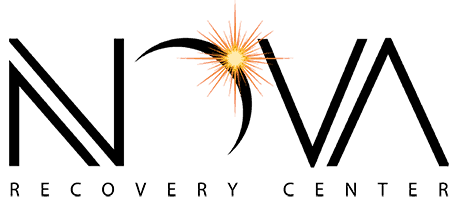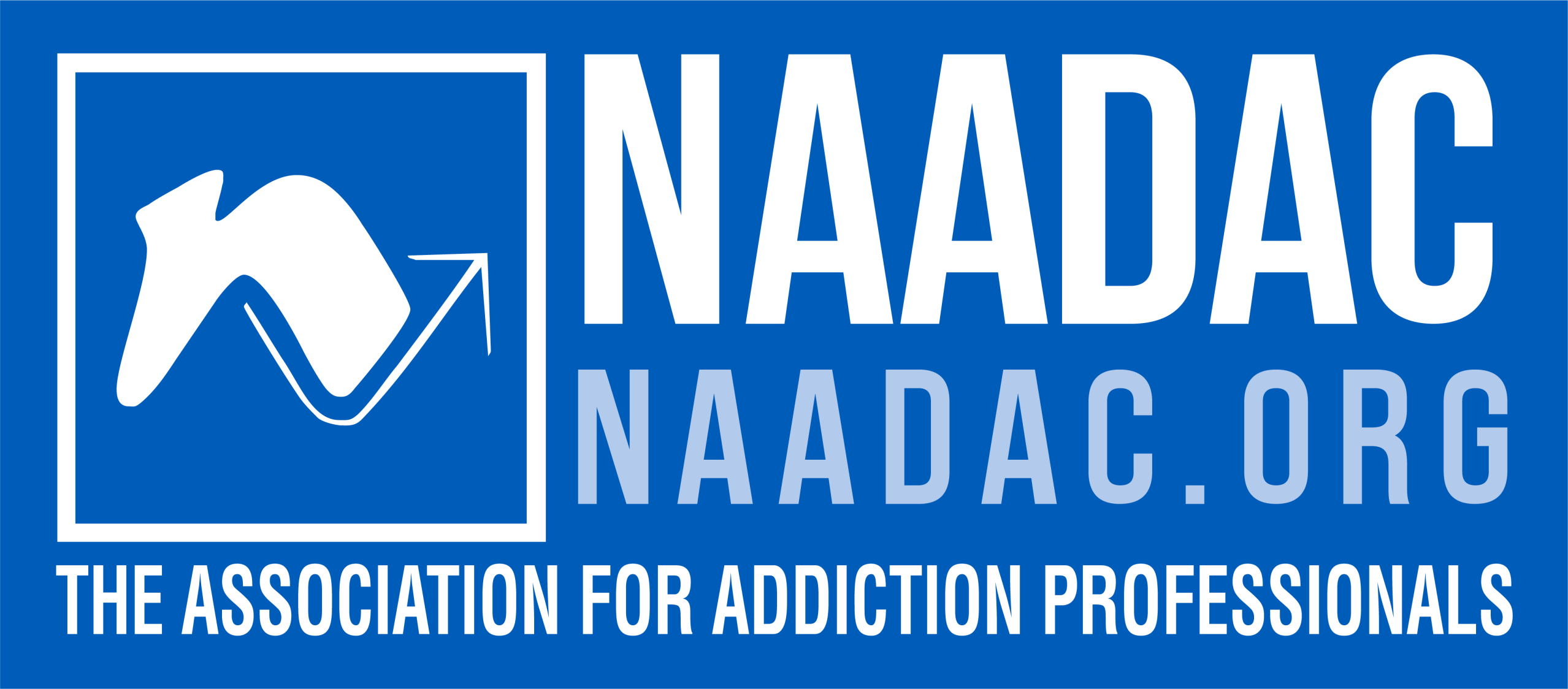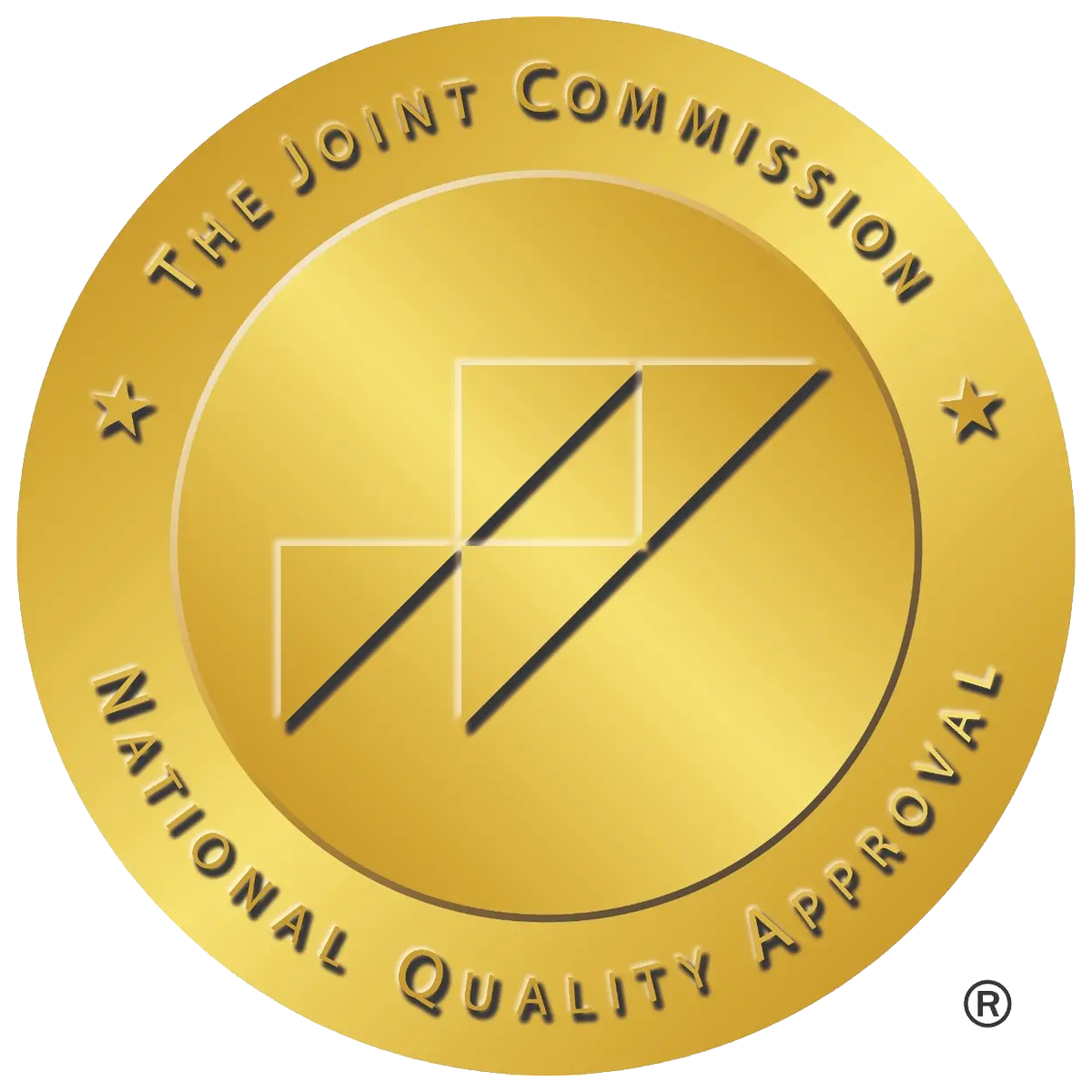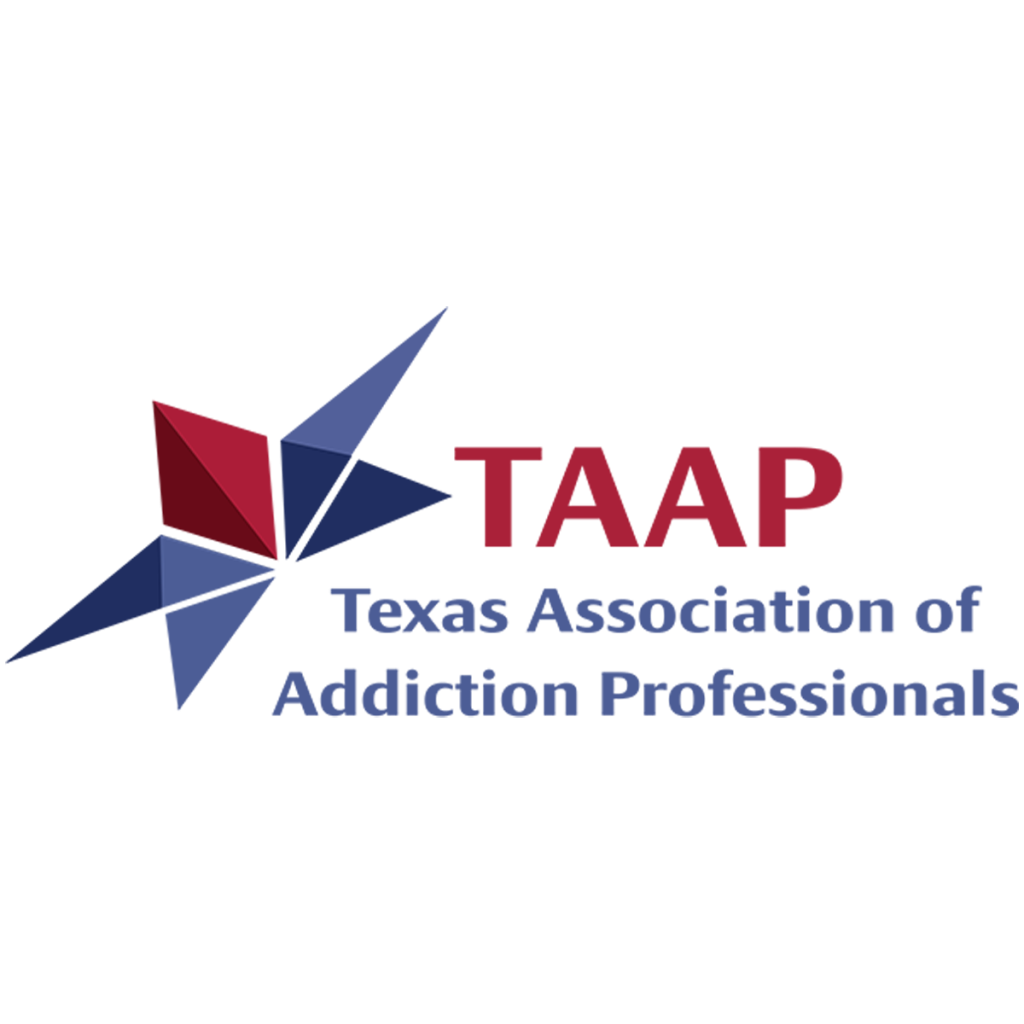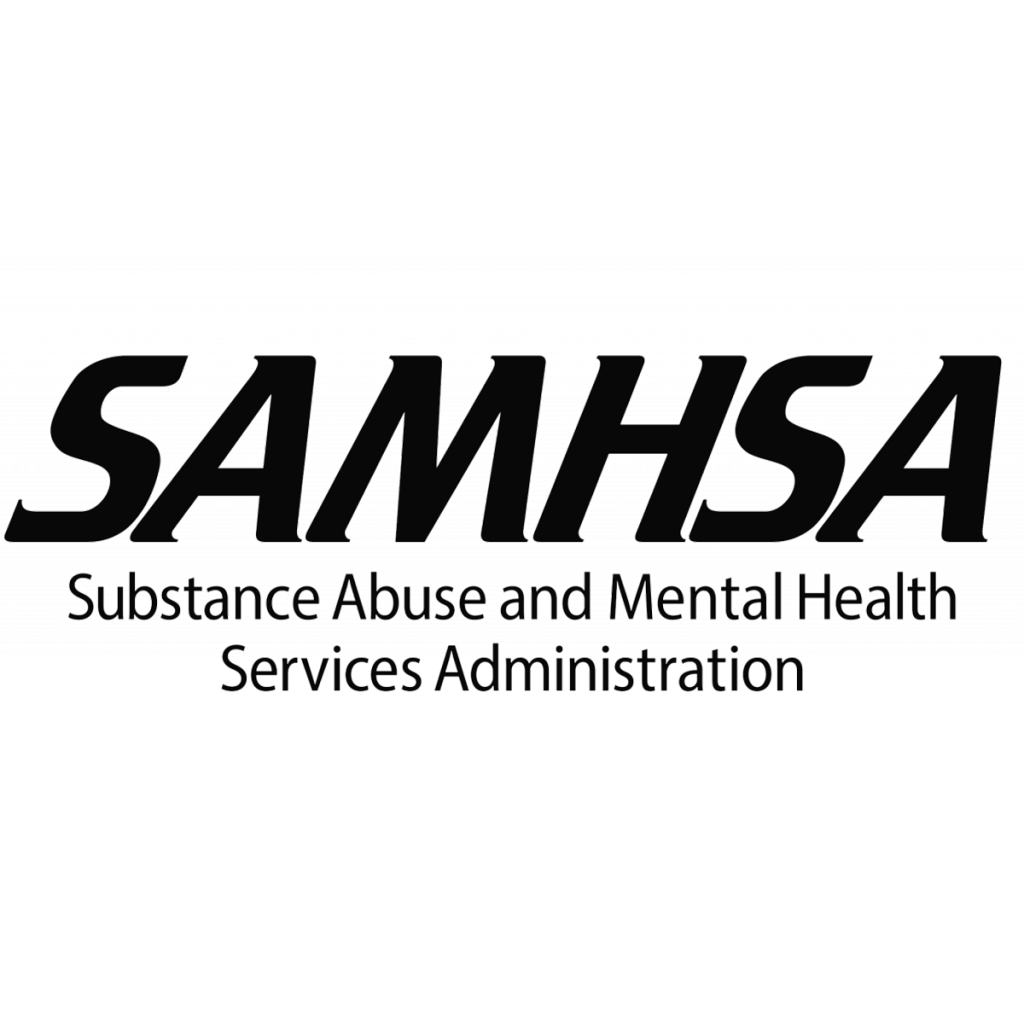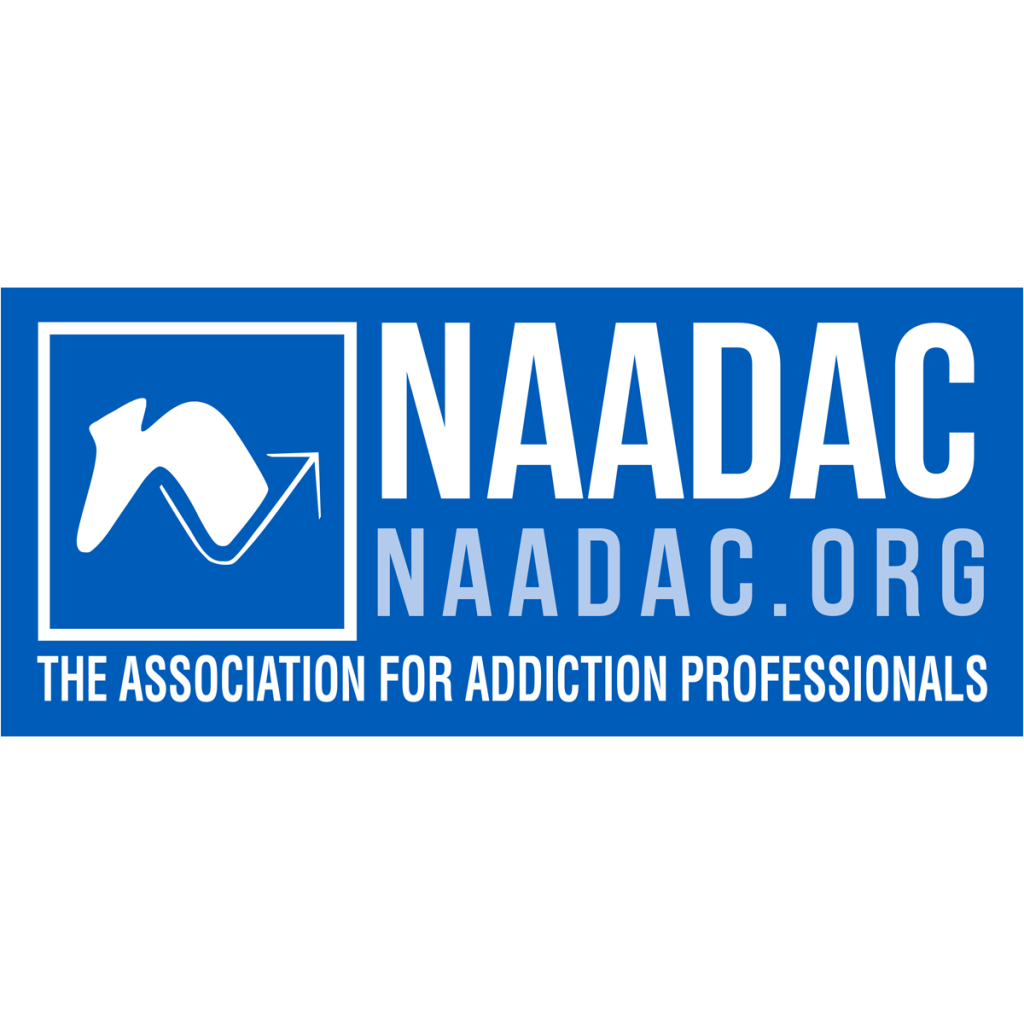Paxil (Paroxetine) Addiction: Side Effects, Detox, Withdrawal, and Treatment
Table of Contents
What is Paxil (Paroxetine)?
Paxil (paroxetine) is a prescription antidepressant that belongs to a category of drugs called selective serotonin reuptake inhibitors or SSRIs. It works by balancing chemicals in the brain and increasing serotonin levels to improve the user’s mood.
Paxil is used to treat a variety of medical conditions in adults, including:1
- Depression
- Panic disorder
- Obsessive-compulsive disorder (OCD)
- Anxiety disorders
- Post-traumatic stress disorder (PTSD)
- Premenstrual dysmorphic disorder (PMDD)
Paxil is also often used to treat patients who are recovering from drug or alcohol addiction and that fit the criteria for major depressive disorder.
Users typically take between 20 and 50 mg of Paxil once per day, depending on the condition being treated. This is formulated as an extended-release tablet, immediate-release tablet, or in liquid form. Such pills not typically prescribed to younger people under the age of 18 as it can cause suicidal thoughts and behaviors. It should always be taken exactly as prescribed by a doctor to prevent abuse and addiction and it may take several weeks for users to feel its full effects.
Although it is not considered an addictive drug, consistent misuse of Paxil can result in physical dependence and psychological addiction. The FDA’s black box warning on the prescription drug’s label is intended to call attention to these serious risks.
The generic drug paroxetine is also sold under the brand names Pexeva, Sereupin, Seroxat, and Aropax.
Paxil vs. Xanax: What’s the Difference?
Paxil and Xanax are two different types of drugs, although similar. Xanax is a benzodiazepine and Paxil is a selective serotonin reuptake inhibitor, which is a type of antidepressant. While Paxil and Xanax are both used to treat anxiety disorders and panic attacks, Paxil may also be used to treat several other medical conditions like depression, OCD, and PTSD, among other conditions. Both of these drugs can cause physical dependence, withdrawal symptoms, and addiction.2
Slang for Paxil
The following terms are street names or slang for antidepressants like Paxil:
- Happy pills
- Wonder drug
- Bottled smiles
- Miracle drug
How Common Is Paxil Addiction?
Although Paxil is not classified as a habit-forming drug, it can cause psychological addiction with consistent or long-term abuse. A person may take multiple doses of Paxil or crush the tablets and inhale them to try to get high. Often, this is an attempt to escape feelings of depression or anxiety. In many cases, people who abuse Paxil also misuse other addictive substances or alcohol.
About 16.9 million Americans ages 12 or older misused prescription drugs like paroxetine at least once in the last year, according to the 2018 National Survey on Drug Use and Health (NSDUH). Many people in the U.S. who abuse Paxil also misuse other types of prescription drugs, particularly painkillers, stimulants, tranquilizers, and sedatives.3
Misuse of Paxil can cause serious physical and psychological damage, as well as other consequences like ruined relationships, job loss, or reclusive behaviors. While Paxil addiction is difficult to overcome, it’s not impossible to move on and live a life of sobriety in recovery.
What Are the Signs and Side Effects of Paxil Abuse?
Someone who misuses Paxil may not be physically dependent or addicted to it, but it greatly increases their risk of developing an addiction. Common signs of Paxil abuse include:
- Taking larger or more frequent doses of Paxil than necessary
- Taking Paxil for longer than prescribed
- Using Paxil without a valid prescription
- Taking Paxil with other prescription drugs, illegal drugs, or alcohol
- Frequently losing Paxil prescriptions
- Visiting several different doctors to get Paxil prescriptions
- Faking symptoms to get a Paxil prescription
Some common side effects of Paxil abuse include:
- High blood pressure
- Headaches
- Insomnia
- Sweating
- Weight gain
- Diarrhea
- Sexual dysfunction
- Memory problems
- Aggressive behavior
Side Effects by Frequency
| Frequency | Examples (≥ incidence) |
|---|---|
| Very common (≥10%) | Nausea, headache, somnolence, insomnia, dry mouth, sexual dysfunction, sweating, dizziness, asthenia |
| Common (1–10%) | Anxiety, tremor, weight change, blurred vision, constipation, diarrhea, yawning, gastric symptoms, tremor |
| Uncommon (0.1–1%) | Extrapyramidal symptoms, confusion, hallucinations, liver enzyme elevations, urinary retention, anticholinergic effects |
| Rare (0.01–0.1%) | Hyponatremia (SIADH), Stevens-Johnson syndrome, angle‑closure glaucoma, thrombocytopenia, hepatic failure |
Extended Safety Monitoring
Hepatotoxicity: Rare cases of elevated liver enzymes, hepatitis, and liver failure—monitor LFTs during treatment.
Hyponatremia (SIADH): Elderly particularly at risk—check serum sodium if confusion or weakness occurs .
Sedation & Anticholinergic Burden: Especially in older adults—Paroxetine is highly sedating and anticholinergic; consider Beers criteria when prescribing .
Mania/Hypomania Induction: Occurs in ~1% of depressed patients—caution in bipolar spectrum.
Serotonin Syndrome & Gastrointestinal Bleeding: Although uncommon, watch for signs when used with serotonergic or bleeding-risk agents
What Are the Signs of Paxil Addiction?
People who misuse other prescription drugs or alcohol may also have a higher risk of developing an addiction to Paxil. Other outward signs of Paxil addiction may include:
- Wanting to cut back or stop using Paxil but being unable to
- Needing larger or more frequent doses of Paxil to achieve the desired effects
- Experiencing physical and psychological withdrawal symptoms when the effects of Paxil wear off
- Continuing to misuse Paxil even when it causes personal problems at home, school, work, or in relationships
Freedom Starts Here. Take Back Your Life Today.
Same-Day Admissions in Austin Available.
Paxil Detox and Withdrawal
One of the most telltale signs of drug dependence is withdrawal and withdrawal from paroxetine products like Paxil can be severe. Common Paxil withdrawal symptoms include:4,5
- Depression
- Anxiety
- Irritability
- Agitation
- Confusion
- Dizziness
- Electric shock sensations
headaches - Ringing in the ears
- Lack of energy
- Severe mood swings
- Insomnia
Although Paxil withdrawal is highly unlikely to be deadly, it can be very uncomfortable, especially without medical supervision and clinical treatment. However, if users follow a strict tapering schedule under the supervision of a medical doctor, many Paxil withdrawal symptoms can be avoided or severely reduced.
A medically-assisted detox program can help people who are addicted to Paxil get sober by designing a safe and effective tapering process that provides the most comfortable Paxil detox process possible. Each individualized program is modified regularly to adapt to the client’s changing needs, which provides the best possible outcomes.
While quitting Paxil cold turkey may seem like the easy solution, this can actually make getting sober much more difficult, as withdrawal symptoms are often much more severe and long-lasting. Instead, a Paxil detox program makes quitting easier and safer. Medical detox also provides higher rates of lasting sobriety because relapse is less likely to occur with professional support.

Paxil Withdrawal Timeline
The withdrawal timeline for Paxil largely depends on the person, his or her substance abuse habits and history, the size and frequency of Paxil doses being taken, and how long the person has been taking Paxil. Although Paxil withdrawal varies from person to person, the general timeline of symptoms is listed in the chart below
Withdrawal symptoms typically begin to appear one to two days after ceasing all Paxil use.
Withdrawal symptoms peak around this time and may be incredibly severe and uncomfortable in some cases.
Withdrawal symptoms gradually fade over time and usually cease completely by this point. However, it may take up to 3 months for a person’s brain to adjust to functioning without Paxil.
Treatment for Paxil Addiction
Recovering from Paxil addiction is a long-term process that requires ongoing treatment, management, and support. Although a Paxil detox program is often the first step of this process, it’s not the only one. Many people also enroll in a long-term drug rehab program after completing detox. This provides additional time to address personal issues, continue behavioral therapy, and engage in opportunities to learn how to implement positive life changes.
Research studies show that addiction treatment that lasts 90 days or longer provides the best opportunities for sustained and lasting recovery. Anything less than that is of limited effectiveness.6 While there are many different types of drug rehab programs out there, it’s important to select one that provides adequate time for physical, emotional, and spiritual healing to prevent relapse after detox.
During a drug rehab program for Paxil addiction, clients work closely with treatment professionals like addiction counselors, recovery specialists, and peer recovery coaches to achieve certain treatment objectives or goals. These objectives are often achieved with evidence-based treatment methods, such as:
- Educational lectures about addiction and recovery
- Recovery programming (such as the 12-Step Program)
- Life skills development
Various types of behavioral therapies - Specialized therapies like art therapy and music therapy
- Family therapy
Inpatient Drug Rehab vs. Outpatient Drug Rehab for Paxil Addiction
If you are recovering from Paxil addiction and are searching for a drug rehab program, two common types of Paxil treatment programs include residential drug rehab and outpatient drug rehab. Both types of Paxil rehab programs are equally focused on the full recovery of clients, but there are a few differences between the two. If you need help determining which type of Paxil rehab program is best for you, an addiction treatment professional at Nova Recovery Center can provide a recommendation.
In residential drug rehab, clients:
- Live at the rehab center in gender-specific housing
- Maintain a structured daily routine
- Attend individual, family, and group counseling sessions regularly
- Attend recovery-oriented group activities on and off-site
- Have immediate access to clinical and medical care professionals on-site
In outpatient drug rehab, clients:
- Live at home or in a sober living home while completing rehab
- Attend a series of outpatient group sessions hosted at a clinical location
- Complete assignments outside of group sessions
- Continue to maintain personal obligations while enrolled in treatment (employment, child care, school, etc.)
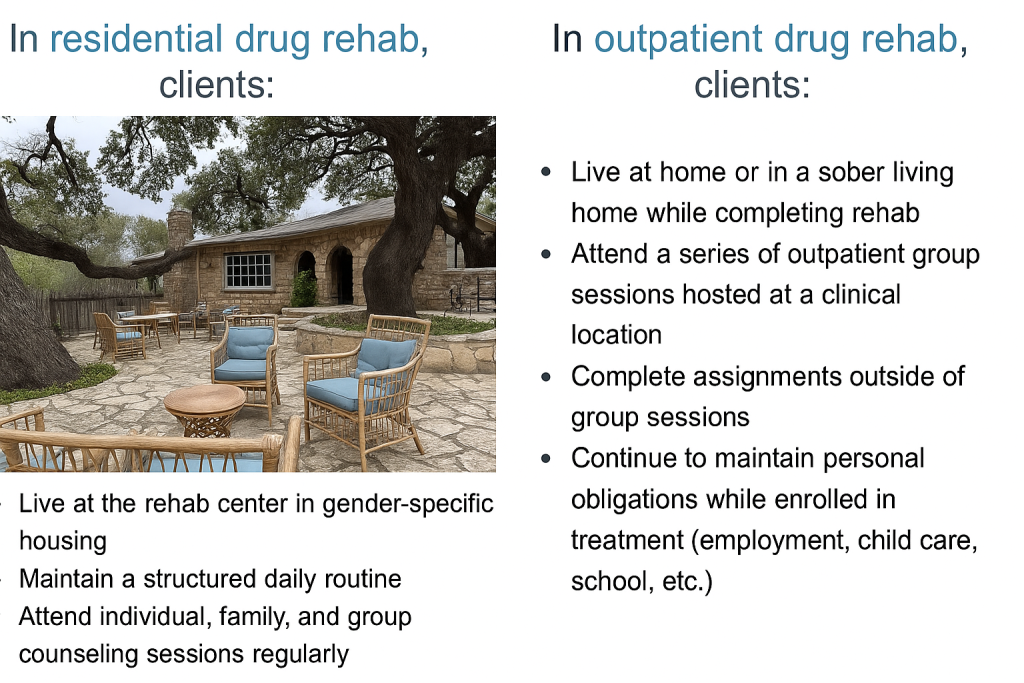
The cost of Paxil rehab will vary depending on the type of program you choose, the facilities’ amenities, location, staff qualifications, and any other factors. However, most treatment centers offer several different forms of payment to help reduce the financial burden of Paxil treatment for addiction. These may include:
- Health insurance benefits
- Employee Assistance Programs (EAP)
- Financed healthcare loans
- Credit cards
- Crowdfunding
- HSA funds
Continued Care Options for Paxil Treatment
Overcoming Paxil addiction will require continued care even after detox and rehab are over. If you are in recovery, a sober living program and/or aftercare program can help you prioritize your recovery after a structured Paxil treatment program and prevent relapse, even when you come face to face with challenging circumstances, personal triggers, or extreme stress.
Sober Living Programs
Sober living programs are designed to support people who are recovering from drug and alcohol addiction by providing safe, substance-free, and supportive living environments. A sober living home may be a single residence or an apartment complex and can vary greatly in terms of amenities, recovery services offered, and cost.
Many sober living homes offer recovery support services that are extremely beneficial for newly sober individuals who are gradually adjusting to a sober life outside of rehab, such as:
- Regular drug and alcohol testing
- Structured housing and recovery programming for residents
- Curfew and house rules
- Education assistance
- Employment assistance
- Volunteer placement services
Although the cost of a sober living home can vary greatly, most homes require a monthly payment from residents, similar to rent payments.
Aftercare Programs
Aftercare programs are also designed for people who are newly sober or who have established a sober lifestyle but are facing challenging circumstances or a transitional phase in life. These groups provides weekly group meetings held in a safe, supportive, and clinical environment. This type of programming helps individuals confront personal issues that could derail their sobriety and receive supportive and helpful feedback from recovery specialists and sober peers.
If you are struggling with an addiction to Paxil or another paroxetine product, you are not alone. You may need help entering a Paxil rehab program. An admissions specialist at Nova Recovery Center can help you learn how to start over and achieve a stable and sober life with the right help. Call (512) 309-5667 today to get started.
Long-Term Efficacy & Relapse Prevention
Real-World Continuation & Relapse Prevention Data
Major Depression Continuation Trials
A 6-month relapse prevention trial in adults showed that patients continuing paroxetine had significantly lower relapse rates compared to those switched to placebo. The FDA label confirms “maintenance of efficacy demonstrated” over this period.
A Cochrane review across second-gen antidepressants (paroxetine included) reported a Number Needed to Treat (NNT) of ~5 to prevent one relapse in the continuation phase
Social Anxiety Disorder (SAD) Long‑Term Data
A randomized maintenance study (≈6 months) in SAD found 14% relapse on paroxetine vs 39% on placebo, odds ratio 0.24 (95% CI 0.14–0.43), underscoring robust relapse prevention
Pediatric Data (Study 329 Continuation Phase)
In adolescents with major depression, continuation phase relapse was 41% paroxetine, 26% imipramine, and 21% placebo. However, higher rates of suicide-related events occurred during tapering—an essential caution point
| Condition | Duration | Paroxetine Relapse Rate | Placebo Relapse Rate |
|---|---|---|---|
| Major Depression (Adults) | 6 months | Significantly lower relapse (per FDA label) | — |
| Social Anxiety Disorder | 6 months | 14% | 39% |
| Adolescent Depression (Study 329) | 6 months | 41% | 21% |
Patient Counseling & Monitoring
Key Counseling Points
Start-up & Dose Adjustments
It may take 4–6 weeks to feel full benefits—encourage continued use even if symptoms persist for several weeks.
Advise against sudden discontinuation; taper gradually to avoid withdrawal symptoms such as dizziness, nausea, irritability, or “brain zaps” .
Mental Health Monitoring
Monitor for new or worsening depression, anxiety, agitation, panic attacks, or suicidal thoughts, especially in the first few weeks or during dose changes.
Instruct caregivers to assist in observing behavioral changes and to contact the doctor immediately if concerning signs arise .
When to Contact a Healthcare Provider
Call your doctor immediately if you experience:Severe mood or behavioral changes (e.g., mania, hallucinations)
Signs of serotonin syndrome (fever, sweating, tremor, agitation)
Sudden constipation, abdominal pain, or bleeding
Any allergic reaction (rash or swelling) or suicidal thoughts
Monitoring & Lab Checks
Initial and Periodic Assessments
Serum sodium in elderly or those on diuretics—watch for hyponatremia symptoms (e.g., confusion, weakness).
Liver function tests if risk factors for hepatotoxicity are present—monitor for fatigue, abdominal pain, or dark urine .
Bone health monitoring, especially in older adults—Paxil may increase fracture risk.
Ongoing Follow-Up
Schedule follow-up visits within 2–4 weeks of starting treatment, then at 3-month intervals, to review symptom response and side effects .
Reinforce adherence, review medication lists for new interactions (especially MAOIs or serotonergic drugs), and assess mental health, sexual side effects, sleep, and bleeding tendencies.
Expert Webinar: Safe Paxil Tapering
Expert webinar: Dr. Bryan Shapiro explains why Paxil withdrawal can be challenging and offers safe tapering protocols.
Pharmacology & Pharmacokinetics
Pharmacodynamics
Paroxetine (Paxil) is a highly selective serotonin reuptake inhibitor (SSRI), binding to the serotonin transporter (SERT) with exceptional affinity (Ki ~0.07–0.2 nM), while showing much weaker affinity for other neurotransmitter receptors like dopamine or adrenergic receptors. This action increases serotonin levels in the synaptic cleft, leading over time to downregulation of autoreceptors and therapeutic mood stabilization .
Pharmacokinetics
Absorption & Distribution:
Nearly complete oral absorption, with extensive first-pass liver metabolism.
Time to peak concentration (Tₘₐₓ): ~5 hours (IR), ~6–10 hours (CR formulation).
Highly protein-bound (93–95%), with substantial CNS penetration
Metabolism & Excretion:
Special Populations
- Elderly, renal, or hepatic impairment: increased plasma levels and prolonged half-life → start at 10 mg (IR) or 12.5 mg (CR), with lower maximum doses
Pharmacokinetic Properties
| Parameter | Value |
|---|---|
| Bioavailability | Approximately 30–60% due to significant first-pass hepatic metabolism :contentReference[oaicite:1]{index=1} |
| Time to Cmax | ~5 h (IR); ~6–10 h (CR) :contentReference[oaicite:2]{index=2} |
| Protein Binding | 93–95% :contentReference[oaicite:3]{index=3} |
| Elimination Half‑Life | Mean ~21 h (range 7–65 h) :contentReference[oaicite:4]{index=4} |
| Steady‑State | Reached within ~7–14 days :contentReference[oaicite:5]{index=5} |
| Metabolism | Primarily CYP2D6; minor CYP3A4 & CYP2C19; shows nonlinear, saturable kinetics at higher doses :contentReference[oaicite:6]{index=6} |
| Nonlinear Kinetics | Yes—auto-inhibition of CYP2D6 leads to disproportionate increases in plasma levels :contentReference[oaicite:7]{index=7} |
| Excretion | 64% in urine (≤2% unchanged), 36% in feces (<1% unchanged) :contentReference[oaicite:8]{index=8} |
Receptor Binding Affinities
Paroxetine is the most potent SSRI for the serotonin transporter (SERT) but exhibits significantly lower affinity for other transporters and receptors. This profile underlies its high specificity and side‑effect profile:
How SSRIs Like Paxil Work
Paroxetine primarily functions by blocking the serotonin transporter (SERT), increasing serotonin levels in the synaptic cleft and gradually restoring mood balance. This mechanism is shared across SSRI medications.
Video: Learn how SSRIs like Paxil work to improve symptoms of depression and anxiety.
Target vs Ki (nM)
SERT: 0.07 – 0.2 (nanomolar affinity to serotonin transporter)
NET: 40 – 85 (nanomolar affinity to norepinephrine transporter)
DAT: ≈ 490 (nanomolar affinity to dopamine transporter)
D₂ receptor: ≈ 7,700 (nanomolar affinity to dopamine D₂ receptor)
5‑HT₁A receptor: ≈ 21,200 (nanomolar affinity to serotonin 1A receptor)
What this means for users:
Paroxetine’s high SERT affinity drives its antidepressant action, while negligible binding to dopamine, cholinergic, or adrenergic receptors limits off-target effects.
Primarily metabolized by CYP2D6 into inactive metabolites; shows nonlinear kinetics at higher doses.
Elimination half-life: ~21 hours (range 7–65 hours), supporting once-daily dosing.
About 64% excreted via urine (mostly as metabolites); ~36% via feces .
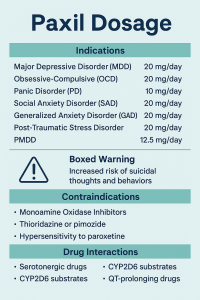
Dosage & Administration
Dosage Chart
| Indication | Formulation | Starting Dose | Maximum Dose | Notes |
|---|---|---|---|---|
| Major Depressive Disorder (MDD) | IR | 20 mg/day | 50 mg/day | Titrate by 10 mg/week |
| Obsessive‑Compulsive Disorder (OCD) | IR | 20 mg/day | 60 mg/day | Weekly ↑10 mg |
| Panic Disorder (PD) | IR | 10 mg/day | 60 mg/day | Weekly ↑10 mg |
| Social Anxiety Disorder (SAD) | IR | 20 mg/day | 60 mg/day (no added benefit >20 mg) | – |
| Generalized Anxiety Disorder (GAD) | IR | 20 mg/day | 50 mg/day (no added benefit >20 mg) | – |
| Post‑Traumatic Stress Disorder (PTSD) | IR | 20 mg/day | 50 mg/day | – |
| Premenstrual Dysphoric Disorder (PMDD) | CR | 12.5 mg/day | 25 mg/day | Monthly/continuous dosing |
| MDD (CR) | CR | 25 mg/day | 62.5 mg/day | ↑12.5 mg weekly |
| PD (CR) | CR | 12.5 mg/day | 75 mg/day | ↑12.5 mg weekly |
| SAD (CR) | CR | 12.5 mg/day | 37.5 mg/day | ↑12.5 mg weekly |
| Elderly / Renal / Hepatic impairment | IR | 10 mg/day | 40 mg/day | Start low, titrate cautiously |
| Elderly / Renal / Hepatic impairment | CR | 12.5 mg/day | ≤50 mg/day (MDD/PD), ≤37.5 mg/day (SAD) | ↑12.5 mg weekly |
Uses & Indications
FDA‑Approved Indications
Paroxetine (Paxil) is an SSRI approved for treating the following adult conditions:
Major Depressive Disorder (MDD)
Obsessive‑Compulsive Disorder (OCD)
Panic Disorder (PD)
Social Anxiety Disorder (SAD) (Social Phobia)
Generalized Anxiety Disorder (GAD)
Post‑Traumatic Stress Disorder (PTSD)
Premenstrual Dysphoric Disorder (PMDD)
Paroxetine is also FDA-approved in a low-dose branded form (Brisdelle®, 7.5 mg) to treat moderate to severe hot flashes in menopause
Dosage Forms
Available prescription formulations include:
Immediate‑release tablets (10, 20, 30, 40 mg)
Controlled‑release (CR) tablets (12.5, 25, 37.5 mg)
Oral suspension (10 mg/5 mL)
Brisdelle® capsules (7.5 mg, low-dose for menopausal symptoms)

Off‑Label & Special‑Population Uses
Clinicians may also prescribe Paxil (paroxetine) for the following uses, backed by clinical evidence:
Children & Adolescents: OCD and SAD in individuals <18 years old — not FDA-approved, but common off-label use.
Premature Ejaculation: SHown to delay ejaculation significantly (20 mg/day).
Dysthymia, Separation Anxiety, Body Dysmorphic Disorder, Postpartum Depression, Migraine Prevention, IBS, Vasovagal Syncope, Diabetic Neuropathy: Documented in case series or systematic reviews
Age & Population Considerations
Elderly / Renal / Hepatic Impairment:
Start lower (10 mg IR or 12.5 mg CR); typical max doses are 40 mg IR or 50 mg CR.Menopausal Vasomotor Symptoms:
Brisdelle® 7.5 mg at bedtime for hot flashes & night sweats.Pediatric (<18):
Use is off-label and based on careful evaluation — not FDA-approved for depression or anxiety in this age group
Paroxetine Dosing by Formulation & Population
| Indication | Formulation | Population | Starting Dose | Titration | Maximum Dose |
|---|---|---|---|---|---|
| MDD | IR | Adults | 20 mg/day | +10 mg weekly | 50 mg/day |
| IR | Elderly | 10 mg/day | +10 mg weekly | 40 mg/day | |
| CR | Adults | 25 mg/day | +12.5 mg weekly | 62.5 mg/day | |
| MDD | CR | Elderly/Severe Renal/Hepatic | 12.5 mg/day | +12.5 mg weekly | 50 mg/day |
| Panic Disorder | IR | Adults | 10 mg/day | +10 mg weekly | 60 mg/day |
| IR | Elderly | 10 mg/day | +10 mg weekly | 40 mg/day | |
| CR | Adults | 12.5 mg/day | +12.5 mg weekly | 75 mg/day | |
| Panic Disorder | CR | Elderly/Severe Renal/Hepatic | 12.5 mg/day | +12.5 mg weekly | 50 mg/day |
| Social Anxiety (SAD) | IR | Adults | 20 mg/day | +10 mg weekly | 60 mg/day |
| IR | Elderly | 10 mg/day | +10 mg weekly | 40 mg/day | |
| CR | Adults | 12.5 mg/day | +12.5 mg weekly | 37.5 mg/day | |
| OCD | IR | Adults | 20 mg/day | +10 mg weekly | 60 mg/day |
| GAD | IR | Adults | 20 mg/day | +10 mg weekly | 50 mg/day |
| PTSD | IR | Adults | 20 mg/day | +10 mg weekly | 50 mg/day |
| PMDD | CR | Adult females | 12.5 mg/day | +12.5 mg in 1 week | 25 mg/day |
| Menopausal VMS (Brisdelle®) | Capsule | Adult females | 7.5 mg at bedtime | — | 7.5 mg/day |
Off‑Label Indications
- Stuttering – 20 mg/day PO; adult use, improved fluency.
- Vasovagal Syncope – 20 mg/day PO; reduces fainting episodes in refractory cases.
- Diabetic Neuropathy – Start 10 mg/day, increase to 20 mg/day; shown to reduce pain.
Warnings, Contraindications & Drug Interactions
Warnings & Precautions
Boxed Warning – Suicidal Thoughts & Behaviors
Antidepressants like Paxil may increase the risk of suicidal thoughts or behaviors in children, adolescents, and young adults under 24—especially when therapy begins or doses change—requiring close monitoring during these periods.Serotonin Syndrome
Co‑administration with other serotonergic agents (MAOIs, triptans, SNRIs, TCAs, etc.) can cause potentially life‑threatening serotonin syndrome. Immediate discontinuation of Paxil and monitoring of vital signs and symptoms is essential if suspected .QT Prolongation
Paxil is contraindicated with thioridazine and pimozide due to risks of QT prolongation and torsades de pointes.Bleeding Risk
SSRIs, including Paxil, may increase bleeding, especially when combined with NSAIDs, aspirin, warfarin, and other antiplatelet agents—patients should be monitored and informed .Discontinuation Syndrome
Abrupt cessation often leads to withdrawal symptoms (dizziness, insomnia, sensory disturbance); taper gradually and avoid abrupt dose changes.Other Precautions
May cause hyponatremia, especially in elderly or volume-depleted patients—monitor serum sodium
Possible risk of angle-closure glaucoma; use cautiously in susceptible patients
Associated with sexual dysfunction and bone fractures—patients should report symptoms promptly
Drug Interactions & Contraindications
Nuanced Contraindications
- Pediatric Use: Not FDA-approved for <18 years; use is off-label and requires careful evaluation due to increased suicidal ideation risk.
- MAO Inhibitors: Concurrent or recent use (within 14 days) with MAOIs, linezolid, or methylene blue is contraindicated — may trigger serotonin syndrome :contentReference.
- QT-Prolonging Drugs: Contraindicated with pimozide or thioridazine due to risk of torsades de pointes :contentReference.
- Hypersensitivity: Known allergy to paroxetine or any component of the formulation — notable for anaphylaxis or angioedema risk.
Interaction Severity Chart
Drug Interaction Severity Chart
| Severity | Interacting Agents | Clinical Note |
|---|---|---|
| Contraindicated | MAOIs (e.g., phenelzine, tranylcypromine, linezolid, methylene blue), pimozide, thioridazine | High risk of serotonin syndrome or QT prolongation — do not co-administer or start within 14 days |
| Serious / Avoid or Use Alternate | CYP2D6 substrates (tamoxifen, codeine, antipsychotics e.g., aripiprazole, haloperidol), QT‑prolonging drugs (amiodarone, disopyramide, fluconazole) | Risk of increased toxicity or arrhythmia; consider alternative agents or monitoring |
| Monitor Closely / Modify Therapy | Other serotonergic drugs (SSRIs, SNRIs, triptans, opioids like tramadol), CYP3A4/2C19 substrates | Increased risk of serotonin syndrome or metabolism changes; adjust dose or monitor signs |
| Caution | Anticoagulants/NSAIDs/aspirin, CNS depressants, drugs affecting QT interval | Possible bleeding risk or sedation; counsel and monitor accordingly |
Contraindications
Paxil should not be used in patients who:
Are on MAOIs or within 14 days of stopping MAOIs (including linezolid and methylene blue) due to serotonin syndrome risk
Are taking thioridazine or pimozide due to QT prolongation hazard
Have known hypersensitivity to paroxetine or any inactive ingredient
Drug Interactions
Major Interactions (Avoid or Use with Caution)
Serotonergic Agents – Combining Paxil with drugs such as SSRIs, SNRIs, triptans, tramadol, buspirone, TCAs increases the risk of serotonin syndrome .
CYP2D6 Substrates – Paroxetine is a strong CYP2D6 inhibitor; co-administered drugs like tamoxifen, codeine, TCAs, beta-blockers (metoprolol, carvedilol), and antipsychotics (aripiprazole, haloperidol, chlorpromazine) may have increased effects or toxicity; dosage adjustments or alternatives should be considered.
QT‑Prolonging Agents – Interaction with drugs known to prolong QT (e.g., pimozide, thioridazine, disopyramide, sotalol, flecainide) may pose arrhythmia risks .
Tamoxifen – P450 2D6 inhibition by Paxil reduces tamoxifen conversion to active metabolites; consider alternative SSRIs .
Bleeding Risk Medications – Co-use with NSAIDs, aspirin, warfarin, SSRIs, or other anticoagulants heightens bleeding risk; monitor and counsel patients
Moderate Interactions
CYP3A4/2C19 substrates may be modestly affected; enzyme-inhibitor risk is generally lower .
CNS depressants (e.g., opioids, antihistamines, muscle relaxants) may enhance sedation—advise caution .
Frequently Asked Questions about Paxil
Is Paxil addictive?
Paxil is not addictive like opioids, but stopping it suddenly after long‑term use can cause physical dependence and withdrawal symptoms that may be uncomfortable.
What is the recommended starting dose for Paxil?
For most adults, the immediate‑release form is started at 20 mg/day. Lower doses (10 mg) may be used initially for panic disorder or in elderly or medically vulnerable patients :contentReference[oaicite:1]{index=1}.
What is the maximum Paxil dosage?
The maximum daily dose depends on the condition: up to 50 mg for MDD, GAD, PTSD; up to 60 mg for OCD or panic disorder; and up to 25 mg for controlled‑release PMDD :contentReference[oaicite:2]{index=2}.
How should Paxil dosage be adjusted in elderly or patients with liver/kidney impairment?
Begin at lower doses—usually 10 mg IR or 12.5 mg CR—and increase cautiously by weekly increments. Typically, do not exceed 40 mg/day IR or 50 mg/day CR :contentReference[oaicite:3]{index=3}.
Can Paxil be taken with MAO inhibitors?
No. Paxil should not be combined with MAOIs, or started/restarted within 14 days of stopping an MAOI, due to the risk of serotonin syndrome :contentReference[oaicite:4]{index=4}.
What are common side effects of Paxil?
Common side effects include drowsiness, dry mouth, sweating, nausea, insomnia, dizziness, and sexual dysfunction :contentReference[oaicite:5]{index=5}.
How long does Paxil take to work?
Some patients begin to notice improvement in 1–2 weeks, but full therapeutic effects typically take 4–6 weeks of continuous use :contentReference[oaicite:6]{index=6}.
How should I taper off Paxil safely?
Taper gradually over several weeks or months—reducing by small increments (e.g., 10–12.5 mg) to minimize withdrawal symptoms :contentReference[oaicite:7]{index=7}.
Are there serious drug interactions with Paxil?
Yes—most notably with serotonergic medications, CYP2D6 substrates
Paxil Addiction & Withdrawal FAQs
Paxil isn’t deemed addictive in the traditional sense—no euphoric high—but extended use can cause physical dependence. Over time, stopping may trigger intense withdrawal symptoms, leading some to continue use to avoid discomfort
Common symptoms include dizziness, nausea, headache, flu-like aches, irritability, insomnia, anxiety, vivid dreams, and electric‑shock “brain zaps.” Severe cases may also include confusion or suicidal thoughts
Withdrawal symptoms typically start within 1–3 days of stopping and peak during the first week. Most physical symptoms resolve within 2–3 weeks, though sleep issues, mood swings, or brain fog may linger up to 90 days .
Yes—abrupt cessation can lead to severe discontinuation syndrome with dizziness, intense mood shifts, sensory disturbances, and even suicidal ideation. A gradual taper under medical supervision is strongly advised
A slow, medically supervised taper is essential. Clinicians typically reduce dosage gradually over weeks to months, using strategies like liquid formulations or even transitioning to a longer-acting SSRI to ease symptoms
For more time, more joy, more you—start now and build your better life.
WE ACCEPT MOST INSURANCES







If Paxil addiction—or more accurately, dependency on paroxetine—has taken hold through escalating doses, persistent withdrawal symptoms, or difficulty stopping, it’s time to seek professional care. While Paxil (paroxetine) is a prescribed SSRI for depression, anxiety, OCD, and PTSD, misuse or long-term use can lead to physical dependence and psychological reliance
Discontinuation often triggers a challenging withdrawal syndrome — including dizziness, nausea, headaches, brain zaps, flu-like symptoms, insomnia, mood disturbances, and even suicidal thoughts—typically beginning 1–3 days after stopping and possibly lasting several weeks .
At Nova Recovery Center, we offer compassionate and expert Paxil addiction treatment, featuring medically supervised tapering, symptom management, personalized therapy, and a full continuum of care—from inpatient support to ongoing outpatient aftercare. Our evidence-based approach is designed to help you wean safely from Paxil and regain emotional balance.
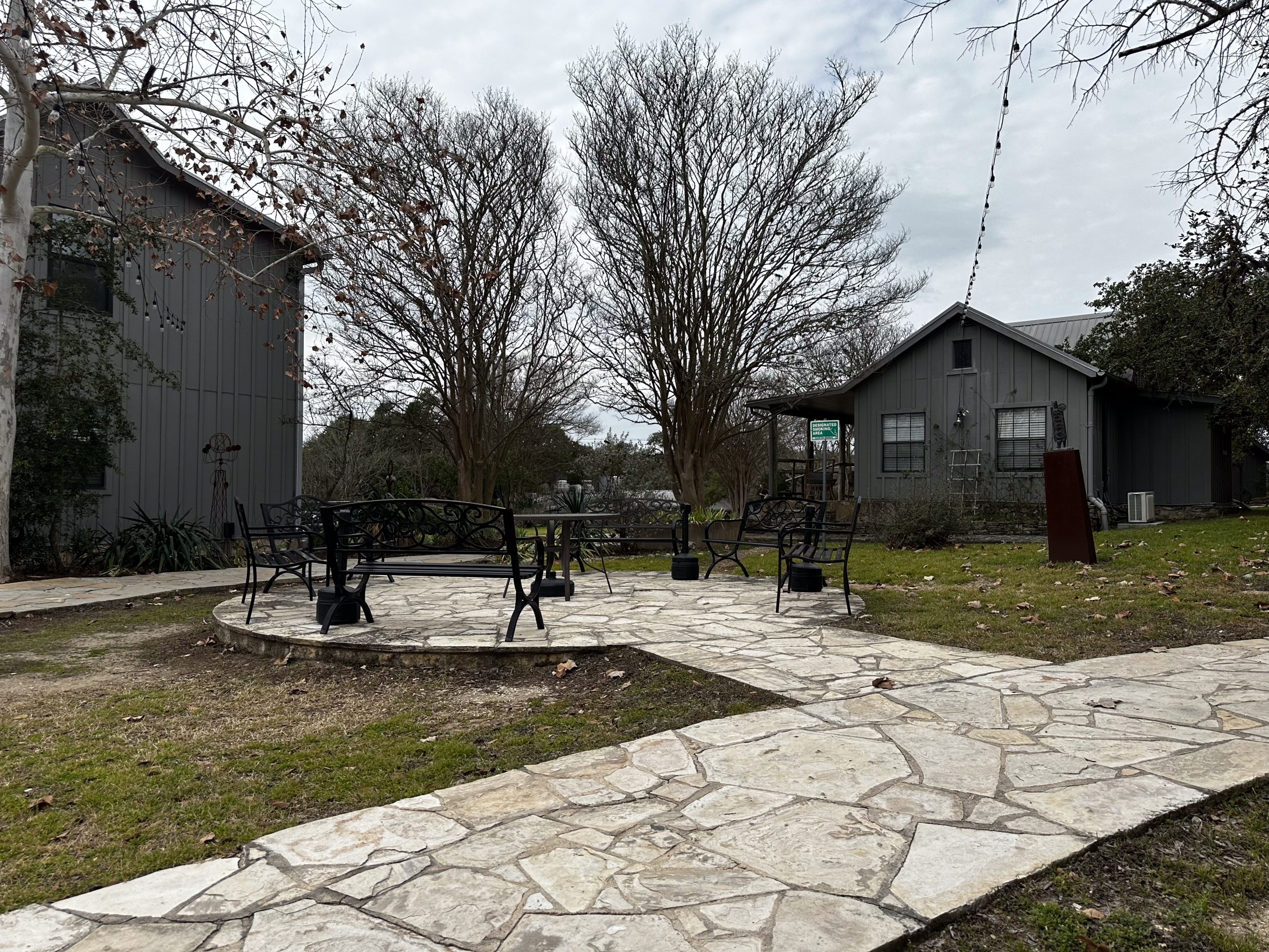

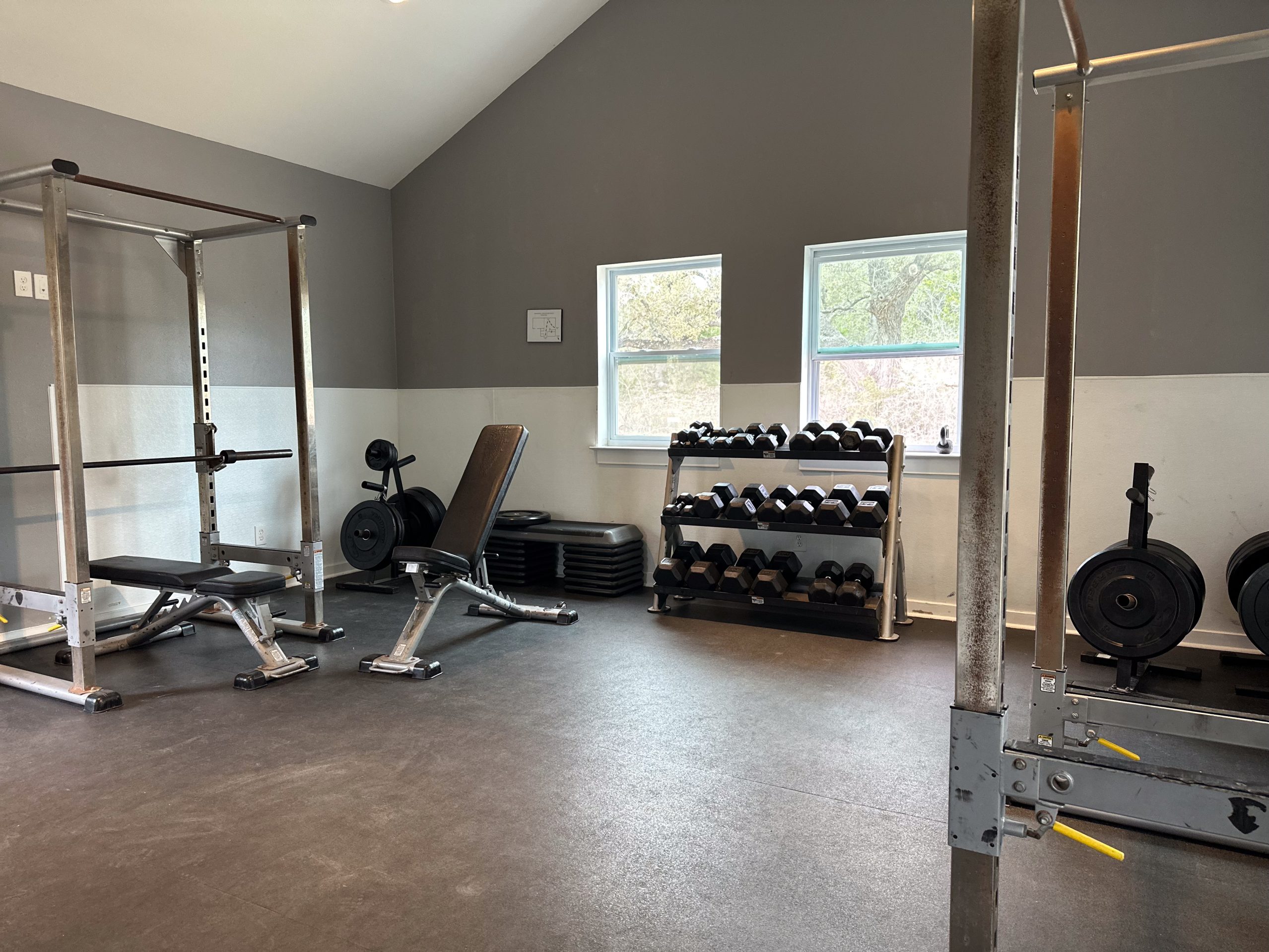

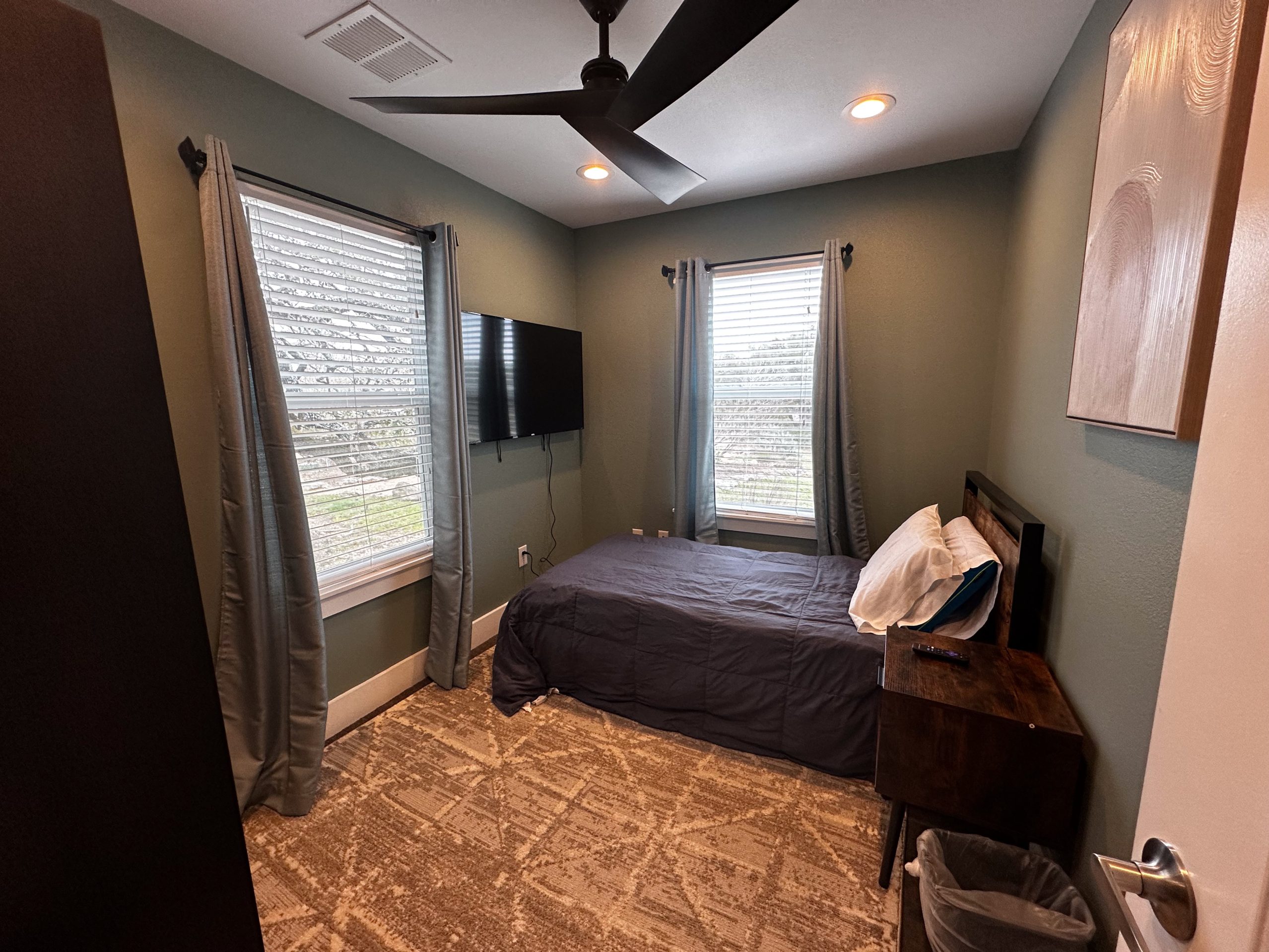

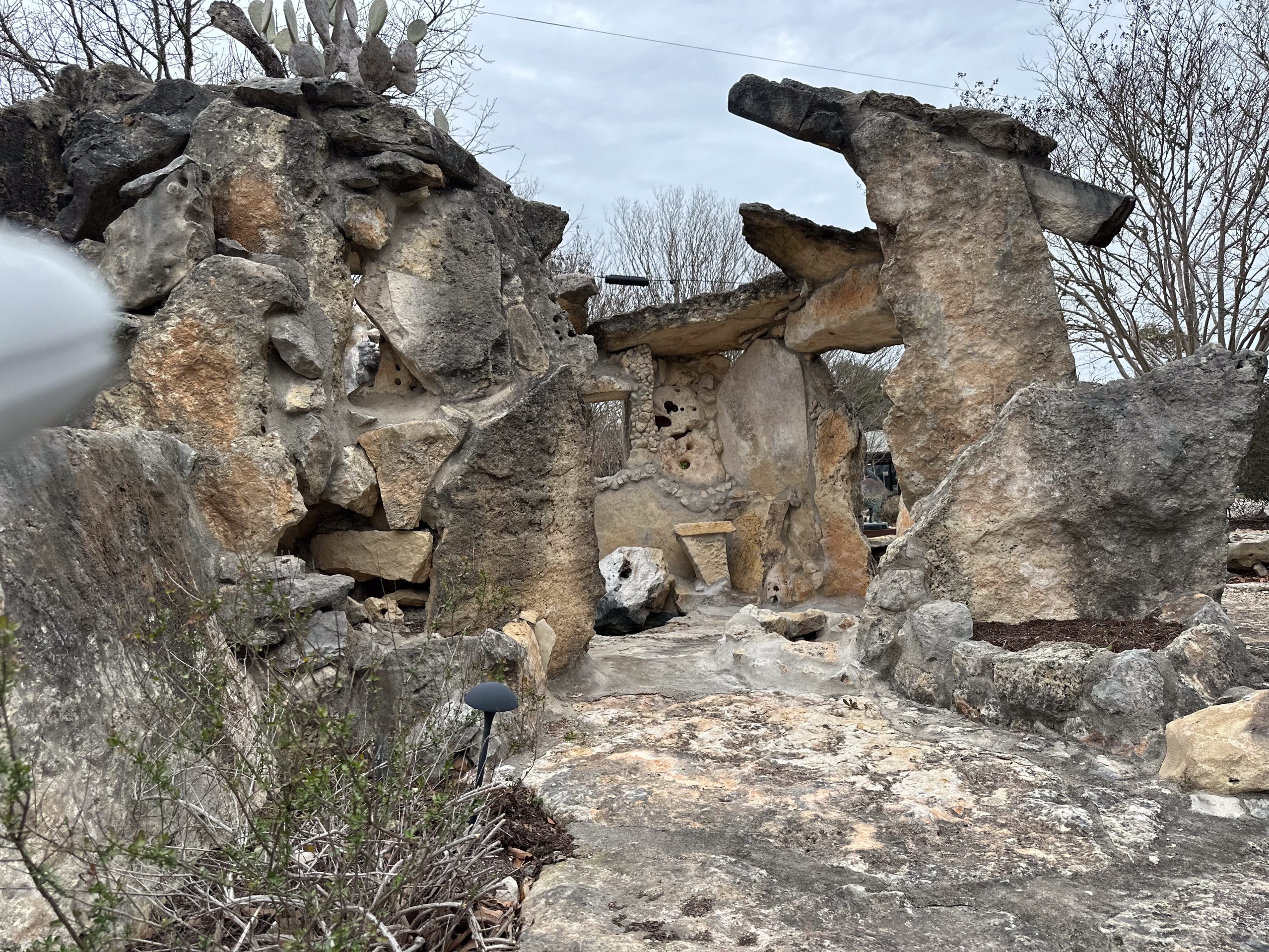
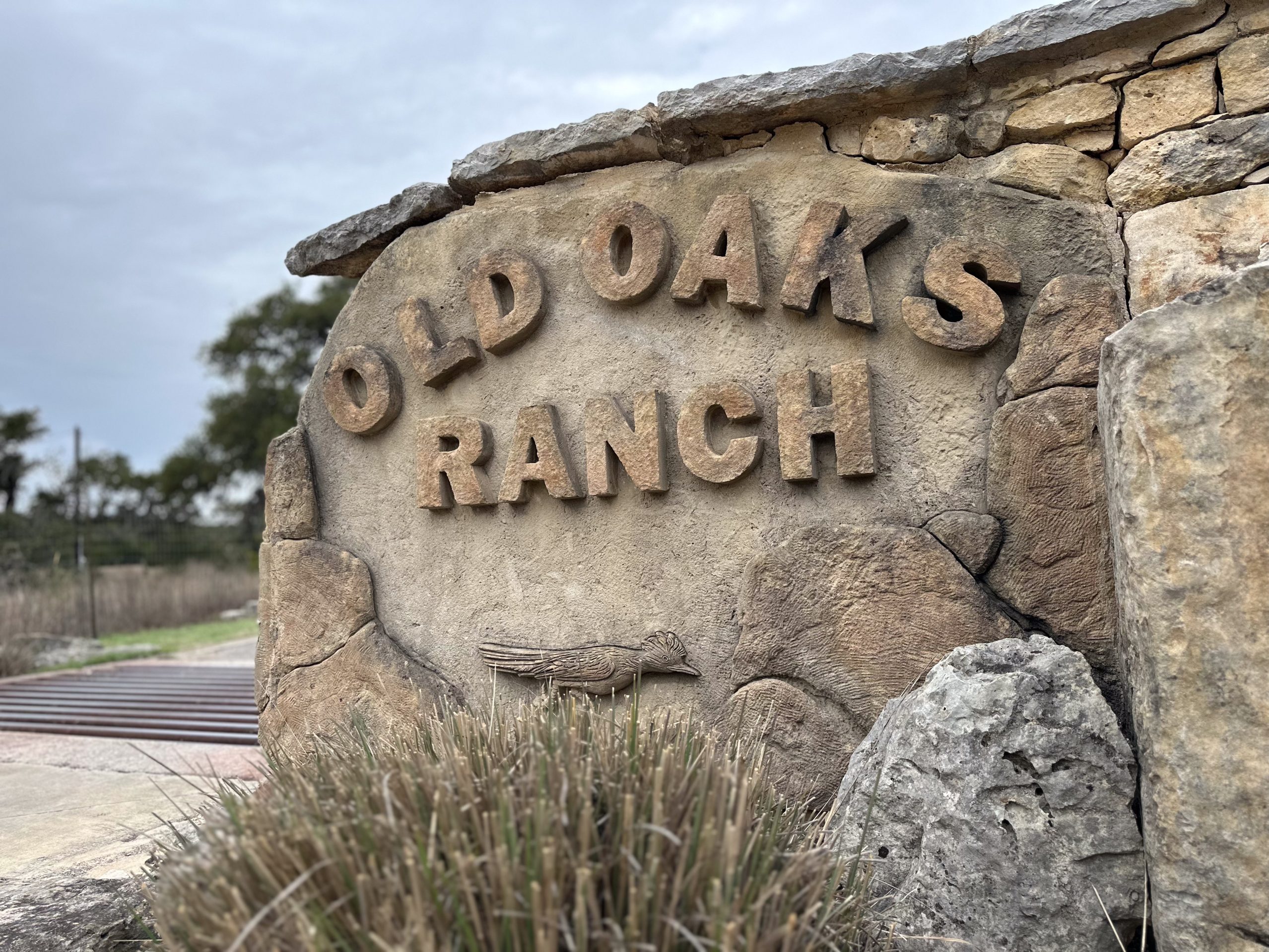
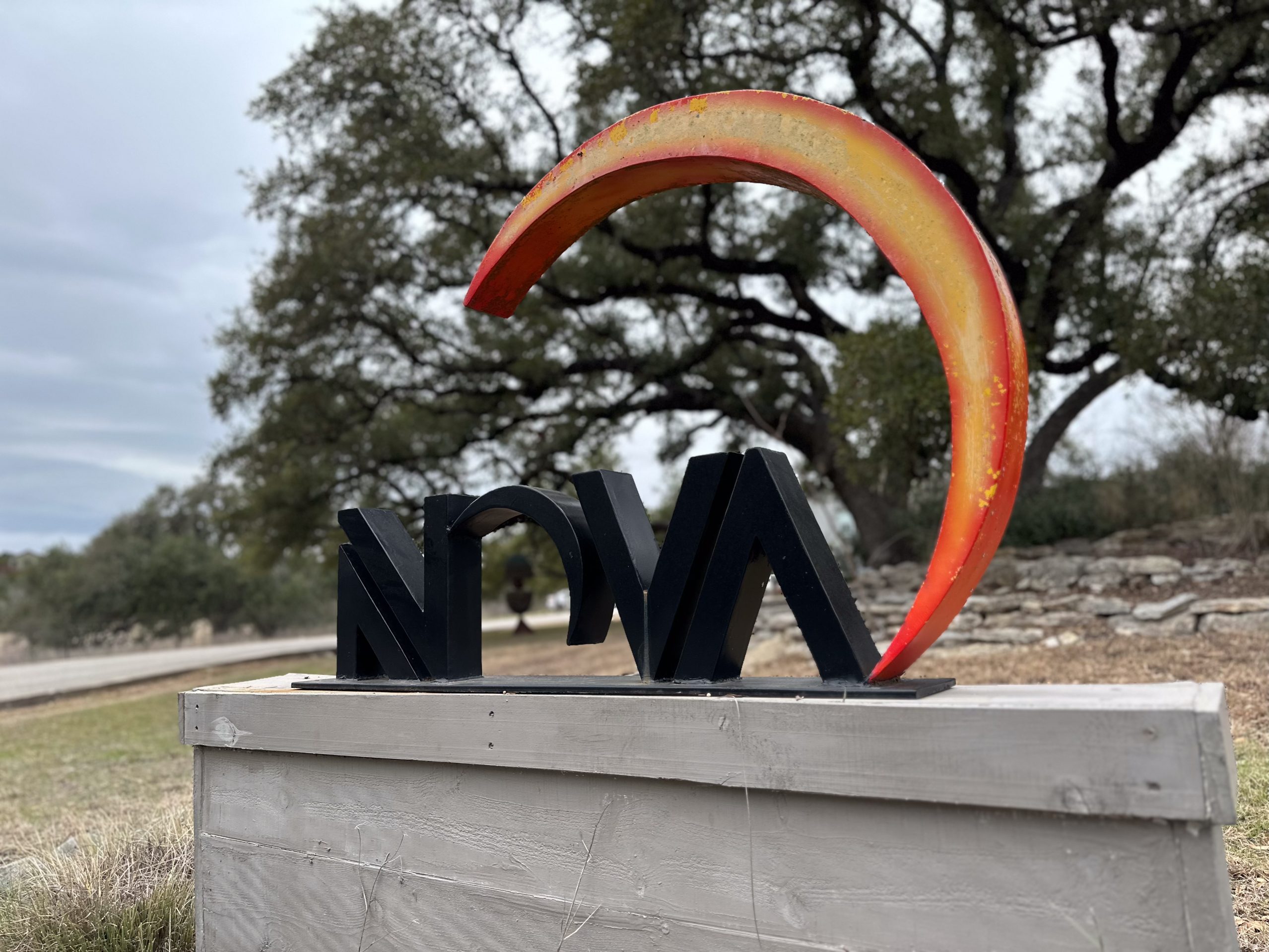
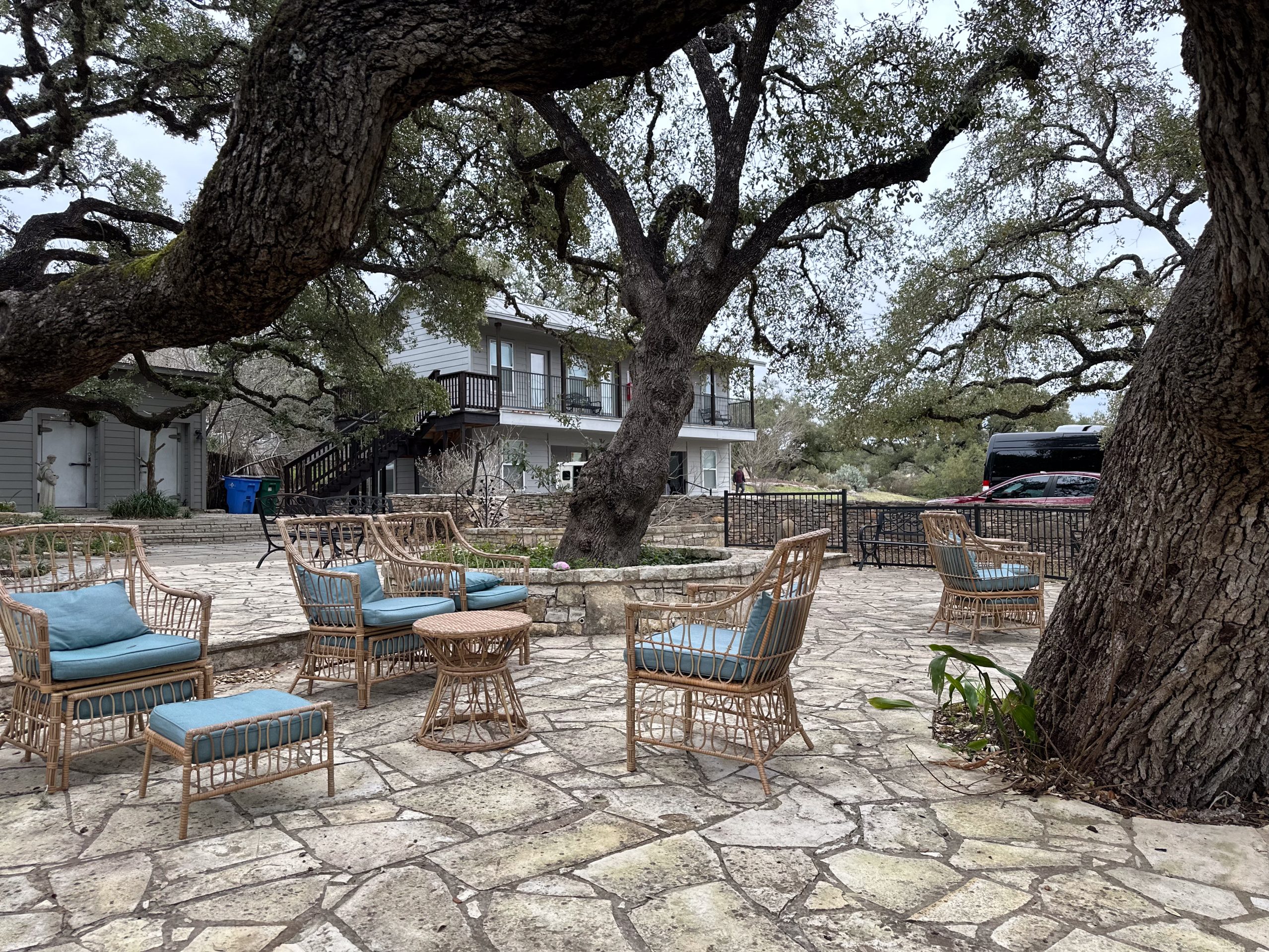
Our Paxil Rehab Services in Texas
Freedom Starts Here. Take Back Your Life Today.
Same-Day Admissions in Austin Available.
Nova’s Comprehensive Continuum of Care Plan
90-Day Residential Alcohol and Drug Rehab

Our 90-day residential drug and alcohol rehab in Austin center provides a safe, comfortable, and supportive space for you to heal, learn, and recover. Unlike other 30 or 60-day programs, our long-term rehab program gives you more time to adjust to a new way of living, more time to practice the mental and spiritual tools you will use outside of rehab, and more time to acclimate into a recovery community. This 90-day time span promotes genuine and lasting change for sobriety that lasts long after inpatient rehab ends.
Drug and Alcohol Detox

Our medical detox programs treat all kinds of addictions and are tailored to meet your individual needs. We use a comprehensive assessment to design a personalized detox program that will ensure your comfort and safety throughout the withdrawal process. You’ll also have the opportunity to begin individual and group therapy to address any emotional issues and prepare for the transition into a rehab program. We believe this process provides the best foundation for continued sobriety.
Aftercare Program and IOP

Our Intensive Outpatient and Aftercare programs are designed to assist those who have graduated from our inpatient residential facility. Group sessions are available in Austin and Houston and provide structured addiction treatment sessions and recovery counseling in a safe, clinical setting. The first year of recovery can be difficult, but these support groups provide consistency, accountability, and peer support at a time when it’s needed most.
Sober Living Apartments

The transition from a residential rehab center into independent sober life is littered with obstacles. For this reason, we provide sober living homes and support programming for clients who need continued support as they make the transition. With regular drug and alcohol screenings, one-on-one sobriety coaching, and a safe, comfortable place to practice relapse prevention strategies, our sober living program is key to achieving an independent, substance-free life.
More Time. More Joy. More You. Start Now.
WE ACCEPT MOST INSURANCES








